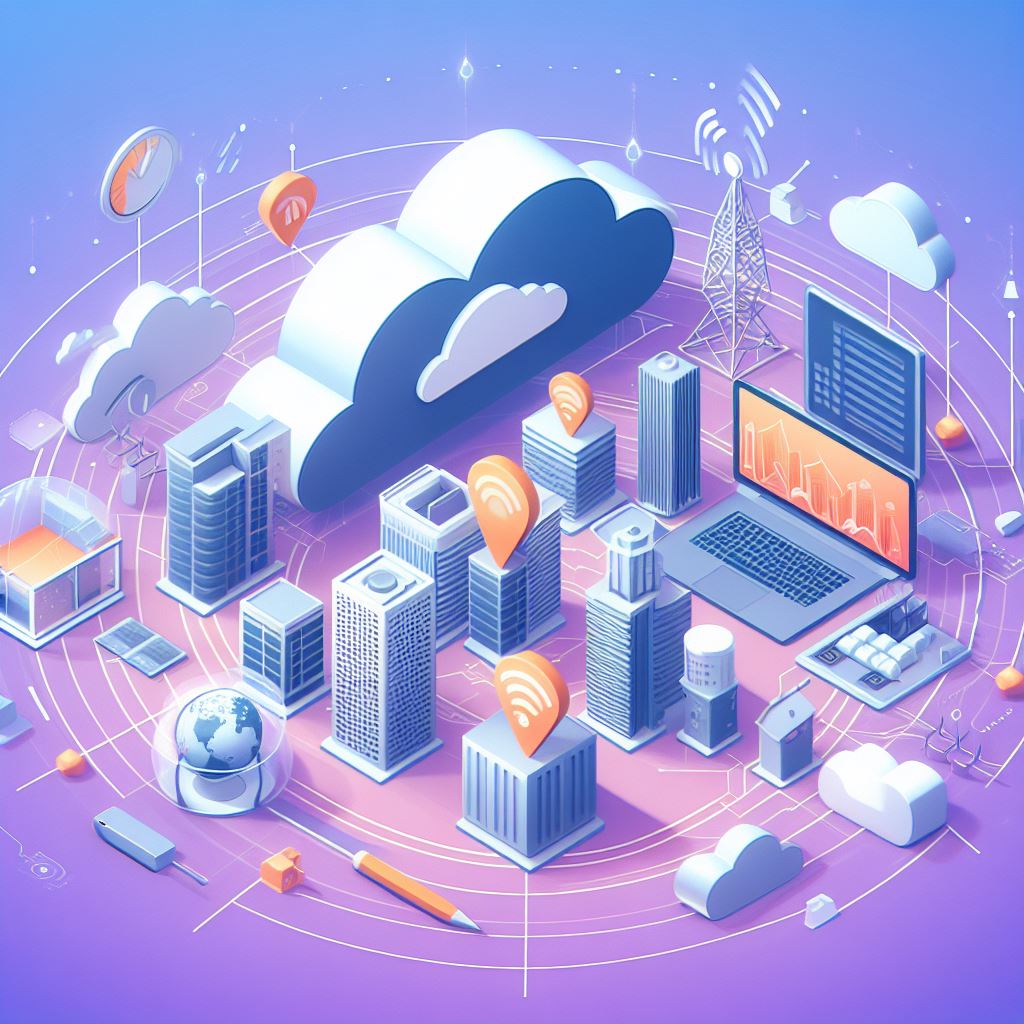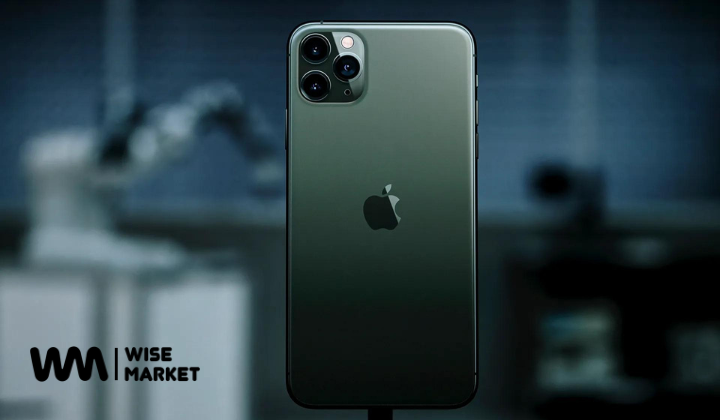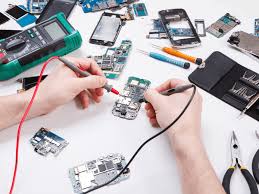Introduction:
The Internet of Things (IoT) revolution is transforming industries, but managing a vast network of devices can be a challenge. Thankfully, AWS offers robust solutions for remote access, alongside crucial security considerations. Here, we explore best practices to ensure streamlined and secure remote management of your IoT devices on AWS:
Fortify Device Identity: Grant unique identities to each device. This strengthens traceability and simplifies fleet organization. AWS IoT Core supports various authentication mechanisms, allowing you to choose the most suitable method for your devices.
Least Privilege Access: Implement granular permissions for each device. This restricts them to interacting only with authorized resources, minimizing potential damage in case of a security breach. Define clear policies using AWS IoT roles that dictate what actions each device can perform.
Secure Your Credentials: Store device credentials securely, ideally using a dedicated hardware element or a secure enclave within the device itself. Avoid storing sensitive information like passwords directly on the devices.
Software Updates Over the Air (OTA): Utilize AWS IoT Core’s capabilities to remotely deploy firmware updates to your devices. This ensures all devices run the latest secure software versions, safeguarding against vulnerabilities.
Constant Monitoring: Actively monitor the health and performance of your devices. Leverage AWS IoT Core’s Fleet Hub for visualizations and real-time actions like remote reboots or configuration changes.
By following these best practices, you can establish a secure and efficient remote access system for your IoT devices on AWS. This empowers you to manage your fleet effectively, optimize performance, and ensure the continued success of your IoT deployments.
Challenges of Remote Access Management for IoT Devices
The burgeoning world of IoT devices promises incredible opportunities, but remotely managing a multitude of interconnected gadgets presents unique hurdles. Let’s delve into some key challenges that come with remotely accessing your IoT devices:
Security Threats: The vast attack surface of a large-scale IoT network is a hacker’s playground. Weak device security, unencrypted communication, and default passwords can be easily exploited.
Network Reliability: Remote access hinges on a dependable network connection. Outages or spotty internet connectivity can disrupt communication and cripple your ability to monitor or control devices.
Device Heterogeneity: The sheer variety of devices with diverse operating systems and communication protocols can create a management nightmare. A one-size-fits-all approach simply won’t work.
Resource Constraints: Many IoT devices are resource-constrained, with limited processing power and memory. Implementing complex remote management solutions can overwhelm these devices.
Data Privacy Concerns: The data collected by IoT devices can be sensitive. Ensuring its secure storage and transmission while adhering to data privacy regulations is crucial.
These challenges shouldn’t deter you from the advantages of IoT. By implementing robust security measures, diversifying management tools for different device types, and prioritizing efficient data practices, you can overcome these hurdles and harness the full potential of remote IoT device management.
Best Practices for Remote Access Management with AWS IoT Core
The Internet of Things (IoT) landscape is booming, but managing a scattered network of devices can quickly become overwhelming. AWS IoT Core offers a robust solution for remote access, but security and efficiency remain paramount. Here, we explore best practices to ensure streamlined and secure remote management of your IoT devices with AWS IoT Core:
Fortify Device Identity: Assign unique identities to each device. This strengthens traceability and simplifies fleet organization. AWS IoT Core supports various authentication mechanisms, allowing you to leverage X.509 certificates or even integrate your own for maximum control.
Least Privilege Access: Implement granular permissions for each device using AWS IoT policies. This restricts devices to interacting only with authorized resources and MQTT topics, minimizing potential damage if a breach occurs.
Secure Your Credentials: Store device credentials securely, ideally using a dedicated hardware element or a secure enclave within the device itself. Consider leveraging AWS IoT Device Management for automated certificate rotation to further enhance security.
Over-the-Air (OTA) Updates: Utilize AWS IoT Core Jobs to remotely deploy firmware and software updates to your devices. This ensures all devices run the latest secure versions, safeguarding against vulnerabilities and maintaining optimal performance.
Leverage Secure Tunneling: For deeper access to specific devices, AWS IoT Core offers secure tunneling. This establishes an encrypted connection, allowing you to diagnose issues or perform maintenance tasks directly on individual devices behind firewalls.
Continuous Monitoring: Actively monitor the health and performance of your devices with AWS IoT Core metrics and Fleet Hub visualizations. This empowers you to identify potential problems early on and take proactive measures to maintain a healthy and efficient IoT network.
By following these best practices, you can establish a secure and scalable remote access system for your IoT devices on AWS. This empowers you to manage your fleet effectively, optimize performance, and ensure the continued success of your IoT deployments.
Conclusion
In conclusion, securing and streamlining remote access to iot aws for your AWS-based IoT devices is essential. By adhering to best practices like strong identity management, granular permissions, and secure credential storage, you can establish a robust foundation. Leverage AWS IoT Core’s capabilities for OTA updates, secure tunneling, and continuous monitoring to further bolster your remote management strategy. This ensures you can effectively manage your growing IoT fleet and unlock its full potential.
FAQ:
1. Why is remote access management important for IoT devices on AWS?
Remote access management allows you to securely monitor, configure, and update your devices from a central location, saving time and resources. It also helps ensure the continued functionality and security of your IoT fleet.
2. What’s the biggest security risk for remotely accessed IoT devices?
Unsecured device credentials and weak authentication mechanisms leave devices vulnerable to hacking. Hackers can exploit these weaknesses to gain control of devices, steal data, or disrupt operations.
3. How can I ensure strong identity management for my IoT devices?
Assign unique identities to each device and leverage secure authentication methods like X.509 certificates. AWS IoT Core supports various authentication mechanisms for you to choose from.
4. What is the principle of least privilege in context of remote access?
The principle of least privilege dictates that devices should only have access to the resources and functionalities they absolutely need. This minimizes potential damage if a device is compromised.
5. How can I implement least privilege access with AWS IoT Core?
Use AWS IoT policies to define granular permissions for each device. These policies specify what actions a device can perform and which resources it can access.
6. Where should I store device credentials for secure remote access?
Never store sensitive credentials like passwords directly on the devices. Ideally, use a dedicated hardware element or a secure enclave within the device for credential storage.
7. How can I keep my IoT device software up-to-date remotely?
AWS IoT Core Jobs allows you to deploy firmware and software updates to your devices over-the-air (OTA). This ensures all devices run the latest secure versions, safeguarding against vulnerabilities.
8. What is AWS IoT Core’s role in secure remote access for troubleshooting?
For deeper access to specific devices, AWS IoT Core offers secure tunneling. This establishes an encrypted connection, allowing you to diagnose issues or perform maintenance tasks directly on individual devices.
9. How can I monitor the health of my remotely accessed devices?
AWS IoT Core provides metrics and Fleet Hub visualizations to monitor device health and performance. This enables you to identify potential problems early on and take proactive measures.
10. What are some additional best practices for remote access management?
-
Regularly monitor your devices for suspicious activity.
-
Segment your IoT network to isolate potential security incidents.
-
Conduct penetration testing to identify and address vulnerabilities in your system.





